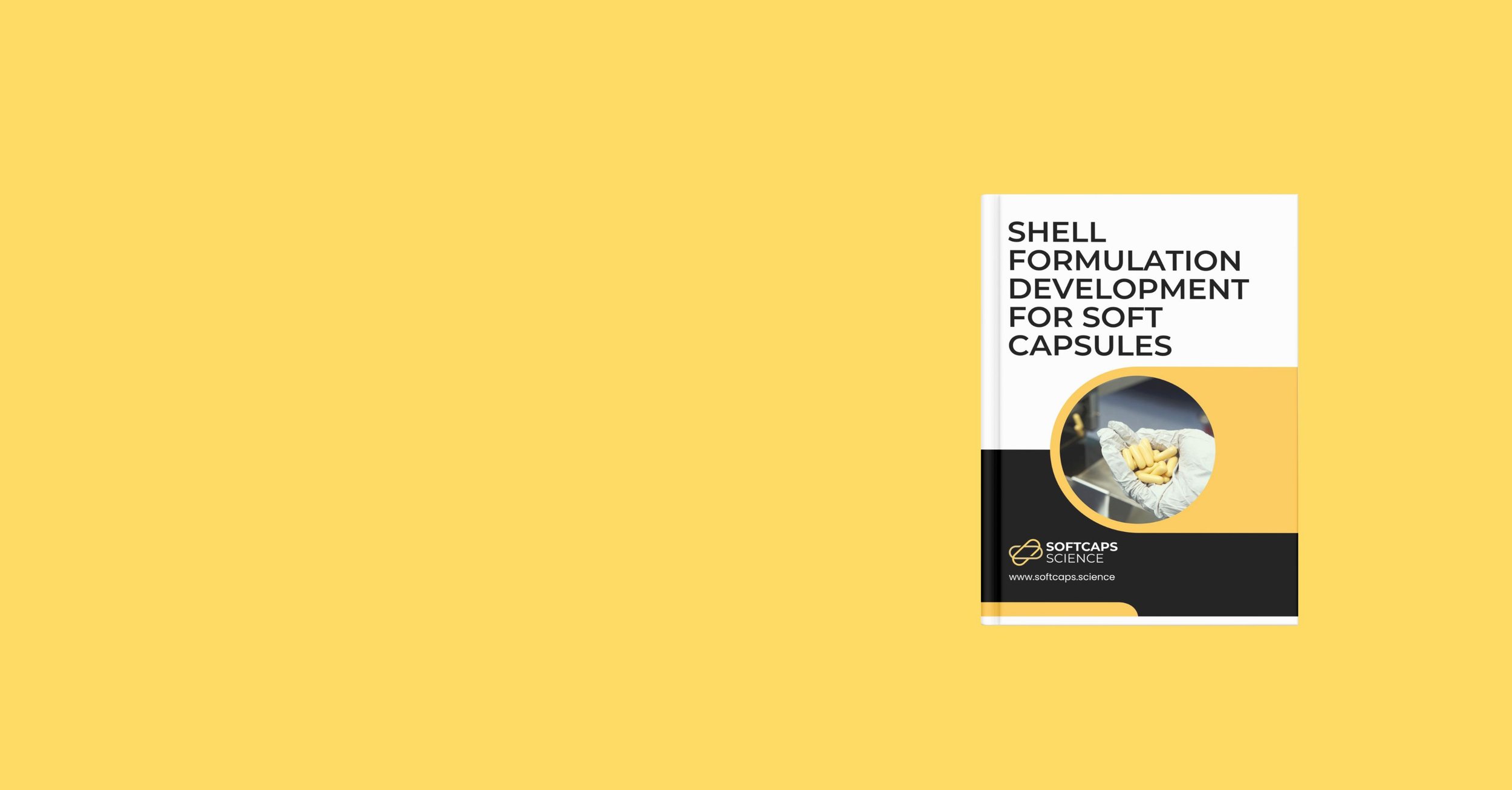
Free E-Book
Shell formulation development for soft capsules
The capsule shell, while often regarded as inert packaging of the capsule fill, is critical for product stability, quality and efficacy. This free e-book covers raw material selection, critical aspects, and quality issues in capsule shell development. It includes considerations for developing robust, compatible soft capsule shells, including selecting gelatin types and plasticizers, formulation screening programs, and addressing crosslinking and migration issues.
What this free e-book covers:
Raw Materials Selection
Understand the characteristics and impact of gelatin types (e.g., type A, type B) and plasticizers on capsule shell properties, processability, and compatibility with the fill formulation. The e-book covers specific gelatin grades and plasticizer combinations to address common quality issues like crosslinking and migration.
Common Compatibility Issues
Learn about common compatibility issues in soft capsules, such as crosslinking, migration (of shell components into the fill or vice versa), and drug crystallization (due to water migration). Understand ways to optimise shell formulation, adjust plasticizer types and amounts, and consider process variables to mitigate these issues.
Shell Formulation Screening
Learn to conduct a risk analysis considering the drug substance and fill formulation characteristics, such as aqueous solubility, critical molecular structures, potential for migration, and impurity profiles. The e-book covers encapsulation trials to evaluate compatibility and stability of various gelatin types and plasticizer combinations.
Systematic Approach to Development
Adopt a comprehensive and systematic approach to capsule shell development, considering the complex interactions between the shell and the fill. Understand raw materials, design a robust shell formulation based on risk assessment, conduct formulation screening, and address compatibility issues.
From our e-book:
“The use of external plasticizers is essential to ensure the elasticity and physical stability of the dried capsules. By increasing the space between protein chains and therefore their mobility, plasticizers reduce the glass transition temperature of the gelatin solution and allow processing during encapsulation.”
Why work with us
Despite a century of industrial production, softgel capsules remain poorly understood. Each formulation presents unique challenges, demanding expertise in excipients, processes, analysis, and regulations for success. Bringing together the best practices in soft gel development, we stand as independent experts with real solutions.
Mitigate softgel capsule quality control risks
Avoid common compatibility issues in soft capsules, such as crosslinking, migration, and drug crystallization, by adopting a systematic approach to shell formulation development that considers the complex interactions between the shell and the fill.
Become the expert for your soft gel product
We support you in conducting a comprehensive risk analysis, considering the drug substance and fill formulation characteristics, and performing formulation screening through encapsulation trials to evaluate compatibility and stability. Our expertise empowers you to develop a robust and compatible softgel product.
Prepare state-of-the-art CMC documentation
Leverage our specialist knowledge to ensure your softgel product meets regulatory expectations. We help you define the critical quality attributes of the capsule shell and drug product, and prepare the necessary CMC documentation for your regulatory filings.
Partner with top-tier quality control experts
Benefit from our deep understanding of raw materials, including gelatin types and plasticizers, and their impact on capsule shell properties, processability, and compatibility with the fill formulation. We help optimize your shell formulation to ensure product stability and performance.
Tell us about your project.
Our team of softgel capsule experts is standing by to help you on your journey.

